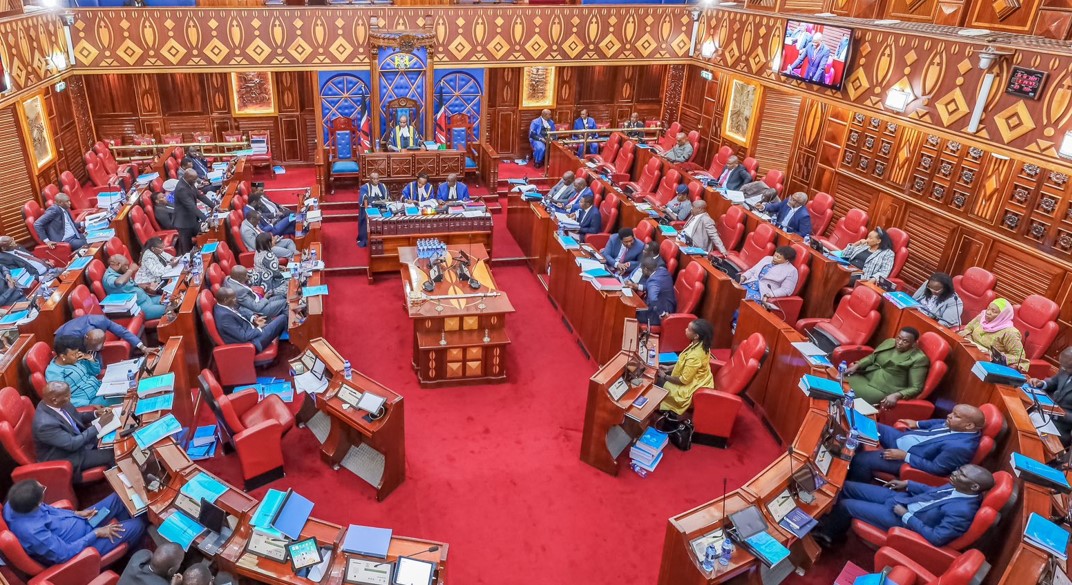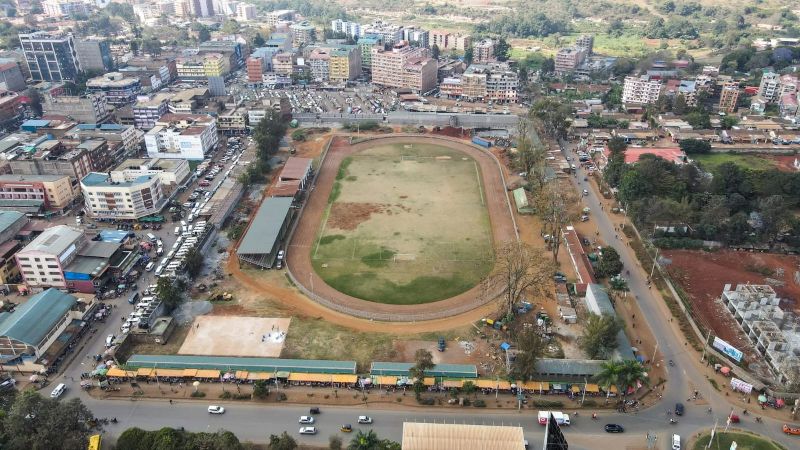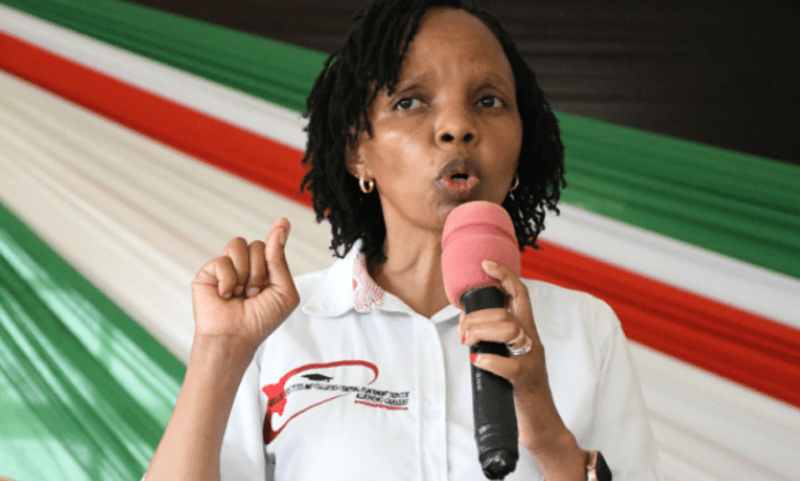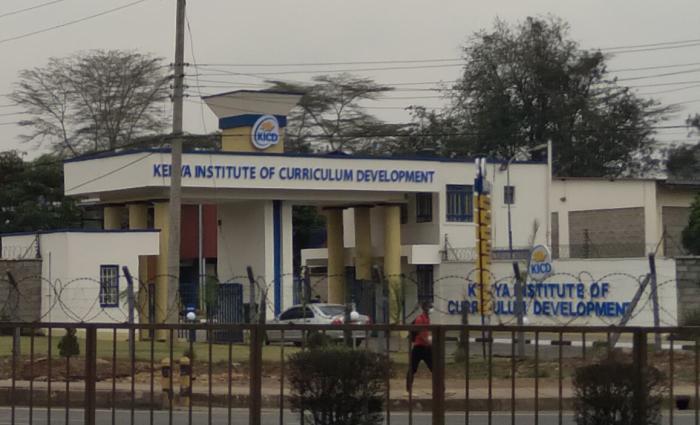Disputed census figures in Northern region counties forces Senate to rethink county revenue share

The High Court nullified population figures used for Mandera, Wajir, and Garissa counties.
The Senate’s push to establish a new formula for sharing revenue among counties has hit a roadblock after the High Court nullified population figures used for Mandera, Wajir, and Garissa.
This has forced the Senate Finance and Budget Committee to discard census data from both 2009 and 2019 for the three counties.
More To Read
Population data is a key part of the proposed formula, receiving the highest weight of 45 per cent. The Commission on Revenue Allocation had also given the same weight in its recommendations.
The committee’s report, tabled in the Senate, made it clear that the figures for the three counties were no longer valid.
The population parameter, weighted at 42 per cent on the fourth basis, is based on data from the 2019 Kenya Population and Housing Census (KPHC).
However, the population for Wajir county, Mandera county and Garissa county must be adjusted in accordance with the judgment in constitutional petition No 4 of 2020,” the committee stated.
In a January ruling, Justice John Onyiengo of the Garissa High Court found that the 2019 census had “significant irregularities” and declared the results for the three counties invalid. He directed that no state agency should use the data for any official purpose.
He also ordered the Kenya National Bureau of Statistics to carry out a fresh mini-census in several areas.
“That a structural interdict order be and I hereby issue, directing the KNBS to conduct a fresh mini-population census in respect to Mandera North, Mandera West, Banisa and Lafey,” the judge said.
The census will also include Mandera East, Eldas, Tarbaj, Wajir West, Wajir East, Wajir North, Balambala, Lagdera, Dadaab and Garissa Township. The exercise must be completed within one year.
The committee has expressed concern that using outdated 2009 data might lead to an unfair formula.
“The committee is concerned that using 2009 population data for the affected counties may result in inequitable resource allocation and undermine the legitimacy of the revenue-sharing process,” the report stated.
Although the committee did not offer solutions on how to update the population figures, it revised other parts of the formula. The equal share component was increased to 35 per cent, while geographical size was given 8 per cent weight, lower than CRA’s 9 per cent proposal.
This leaves the final formula in limbo, pending fresh population data from the affected counties.
Top Stories Today














































